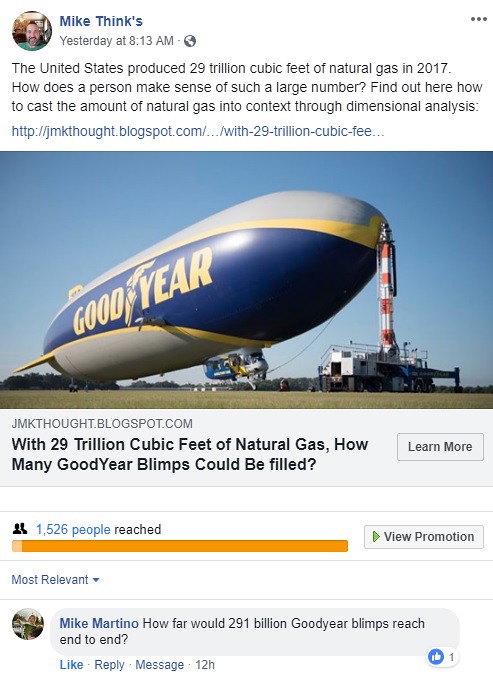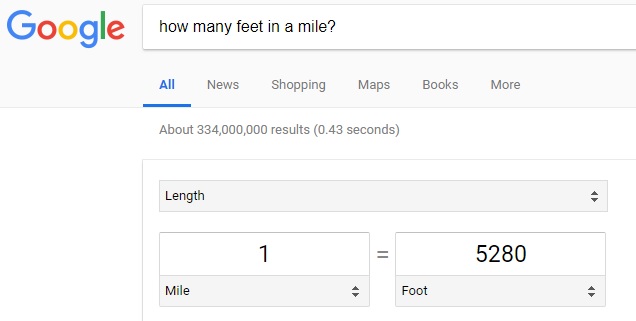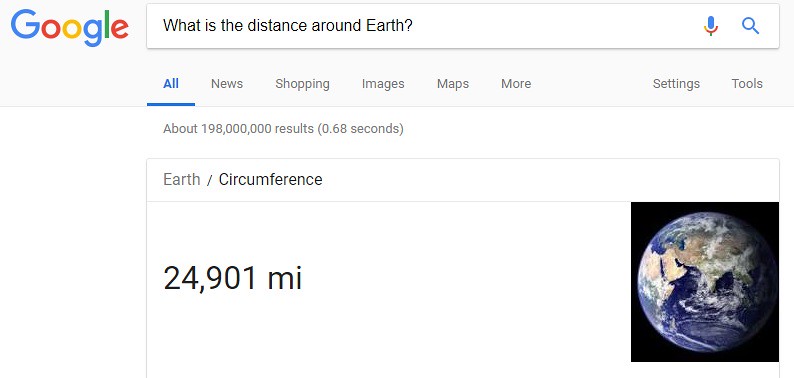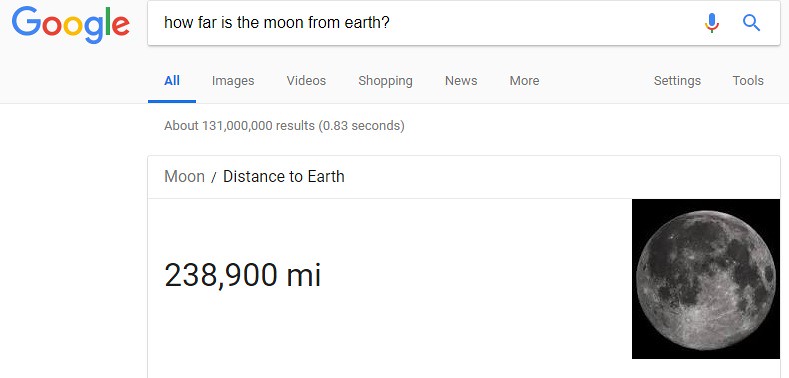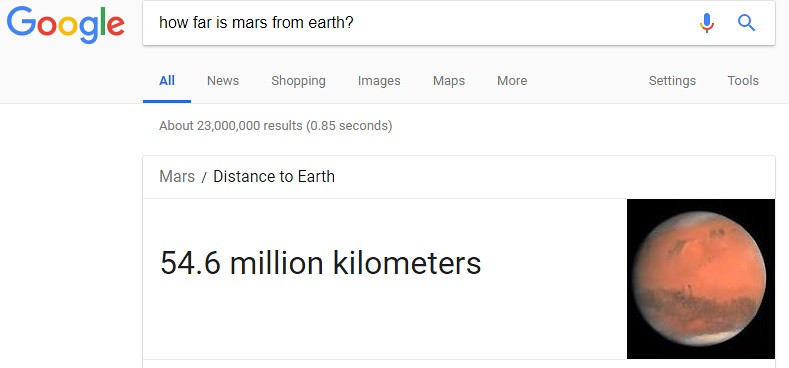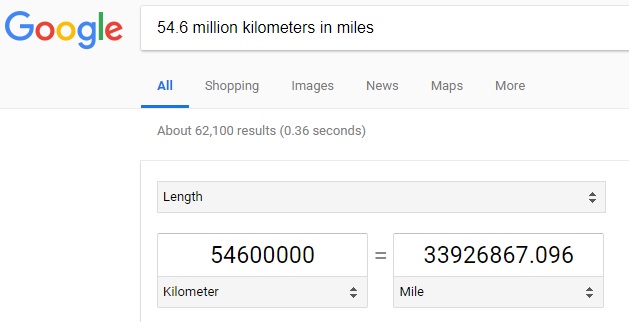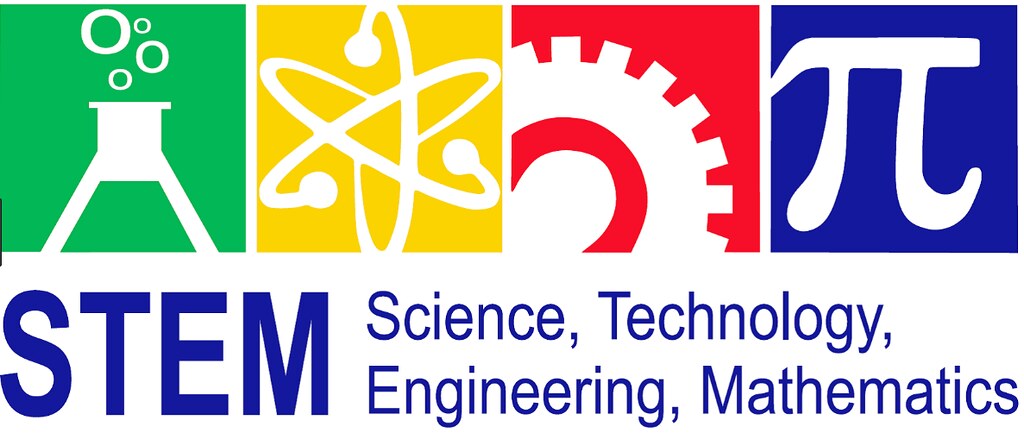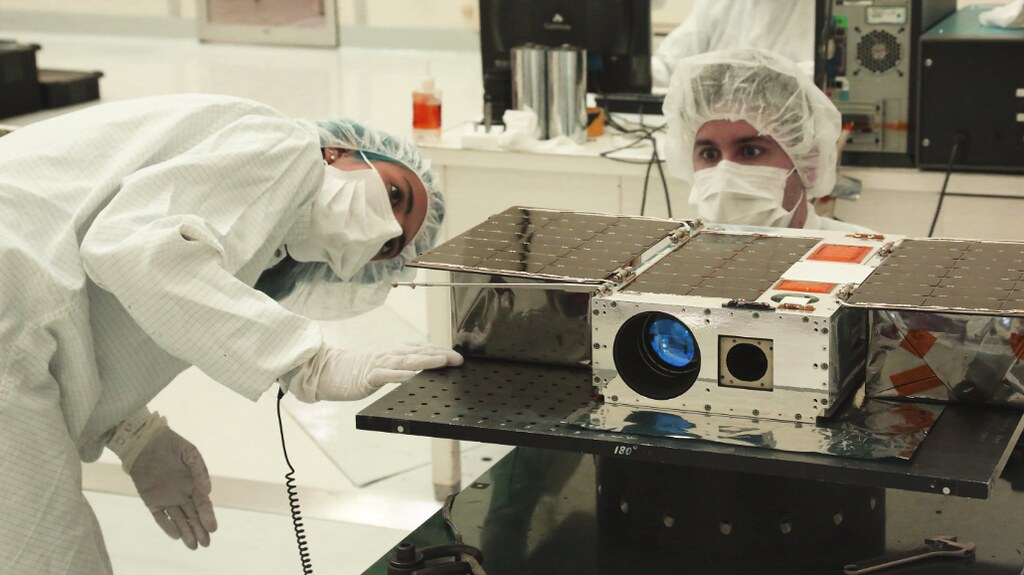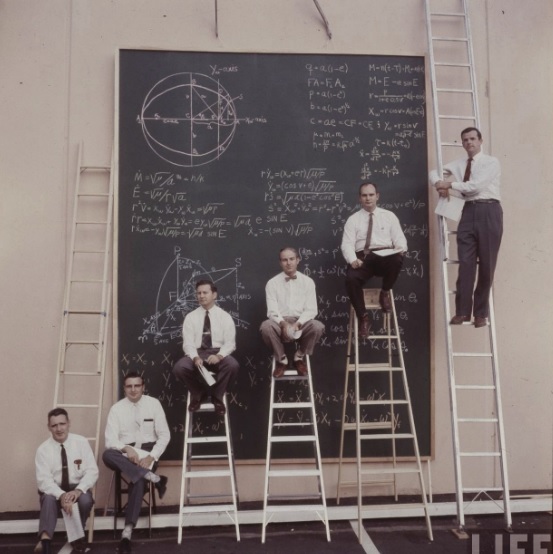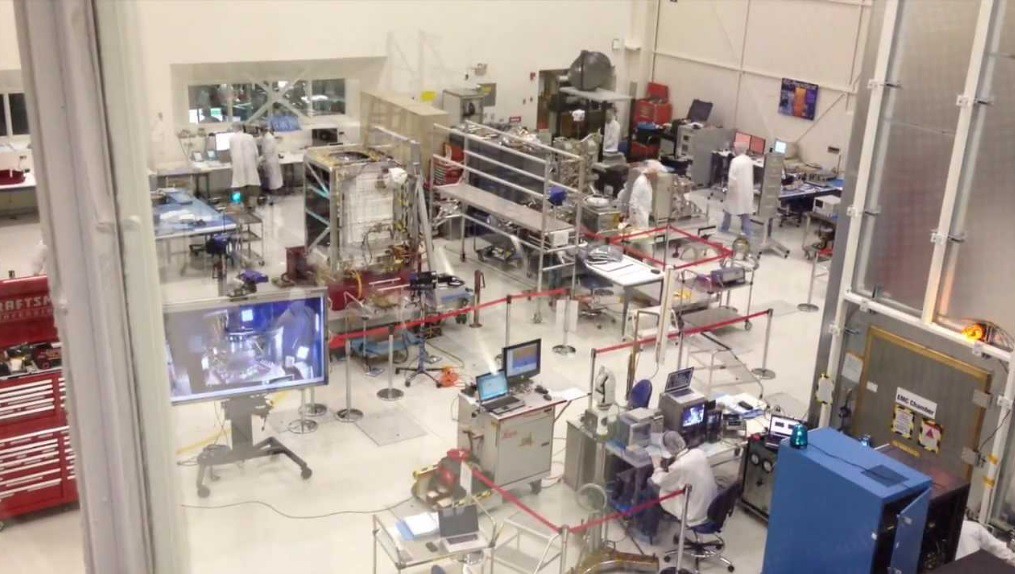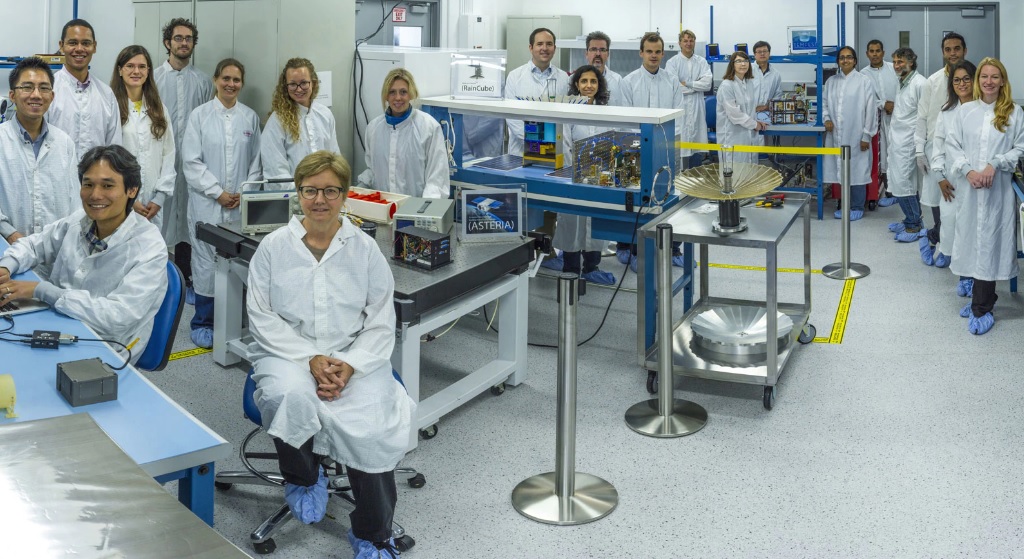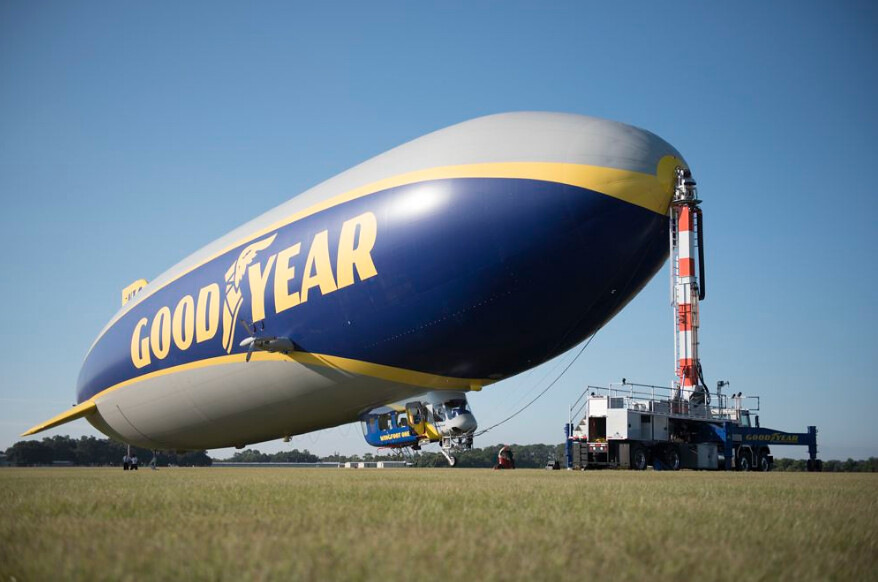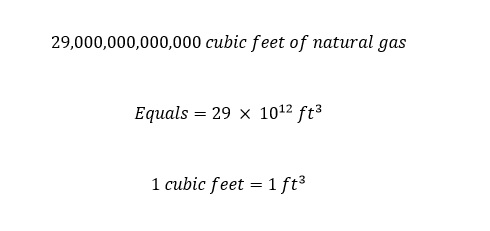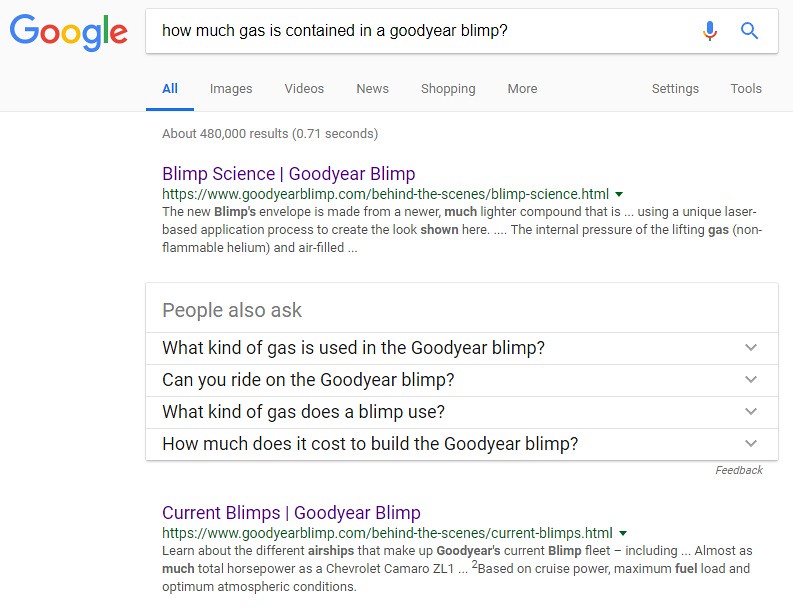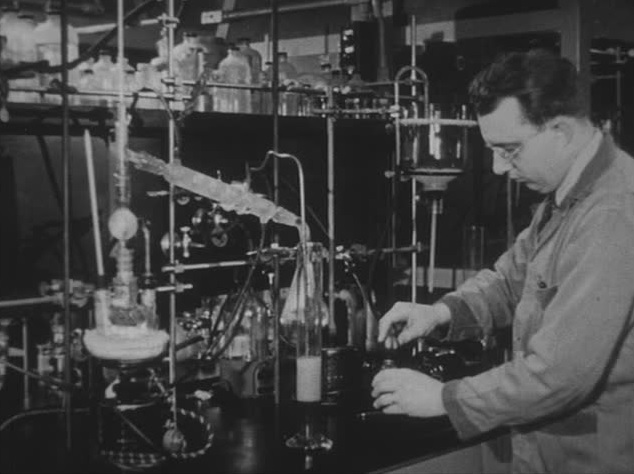Source: LinkedIn Learning
Recently, I had a reader respond on Facebook to a blog post titled: With 29 Trillion Cubic Feet of Natural Gas, How Many GoodYear Blimps Could Be filled? as shown below:
According to the image above, the reader asks the following question: How far would 291 billion Goodyear Blimps reach end to end? In the blog post below, the answer will be revealed in comparison to three distances:
1) Would the distance be enough to travel around planet Earth?
2) Would the distance reach from the Earth to the Moon?
3) Would the distance reach from the Earth to Mars?
The answers are outlined and solutions shown below. Enjoy!
Line up 291 billion Goodyear blimps
In order to start the analysis above up, we need to refer to the 'data' page for the Goodyear Blimps which I provided from the last post -- which can be found here. If the overall length is searched for on the web page, the answer is the length of a Goodyear Blimp is 264.4 feet long or 81% of the length of a football field. Wow! That is shown below:
With this number representing a single blimp, the total distance asked by the reader above can be found by simply multiplying two values together. The first is the total amount of Goodyear Blimps by the length of a single Blimp (the second value) as shown below:
Obviously, the resulting distance is very long considering that a single blimp is around 80% of the length of a football field. That is, the total length expressed in units of 'feet' is 71,300,000,000,000-feet. Or 71.3 trillion feet long. For distances that are expressed in units of feet that are so enormous, converting the unit into a larger unit (say a mile) makes sense for dimensional analysis. Especially when the metric will most likely be expressed in units of 'mile'.
To do so, we need to know the amount of feet which are in a mile. The answer can be found by asking a search engine like 'Google.com' the following question: How many feet are in a mile? The answer is shown below:
The answer indicates that for every mile, there are 5,280 feet. With that conversion value in mind, the following unit conversion from feet to miles can be accomplished as shown below:
The number of total miles which would be reached if 291 billion Goodyear Blimps were lined up end to end would be around 13.6 billion miles in total distance. That number is shown below:
The only remaining question is how to make sense of such a large number? What is an appropriate metric to use for comparison? How about if we choose the following three distances:
1) Trips around planet Earth
2) Trips from planet Earth to the Moon
3) Trips from planet Earth to the planet Mars
Lets see how these distances compare to 13.6 billion miles.
1) Trips around planet Earth:
To find out how 13.6 billion miles compares to the number of possible trips around Earth, the circumference of Earth needs to be known. The fastest way to obtain the circumference is to ask Google the following question: What is the distance around Earth? The answer is shown below:
Once we have an answer -- which is 24,901 miles around Earth, a quick inspection is performed to make sure units of measurement are the same. Yes, both values, 13.6 billion miles and 24,901 miles are both expressed in units of 'mile'. Therefore, dividing the total number of miles which equates to lining up end to end 291 Goodyear Blimps by the distance around Earth will yield the number of trips that would be made possible as shown below:
Wow! The answer indicates that with 13.6 billion miles, we could travel around Earth 546,000 times. Wow!
2) Distance from Earth to the Moon:
The last analysis of distances -- using the circumference around the Earth -- gave us a large number: 546,000 trips around the Earth. I do not know about you, but trying to imagine that number is too difficult for me. Therefore, a new metric needs to be created in order to make sense of this enormous number -- 13.6 billion miles -- with which we are left with to untangle.
Another possible metric would be to use the distance between Earth and the moon. If Google is consulted by asking the following question: How far is the moon from earth? -- then the answer below appears:
Another possible metric would be to use the distance between Earth and the moon. If Google is consulted by asking the following question: How far is the moon from earth? -- then the answer below appears:
According to the calculation above using the numbers mentioned, the total number of trips from Earth to the Moon would be approximately 56,900 one way trips. Wow! Looking at the answer, the number of trips is still quite large. Lets consider a larger metric -- the distance to Mars for a final analysis.
3) Distance between Earth and Mars:
As a final analysis, a yet larger metric is chosen -- which is the distance between Earth and Mars -- to cast the enormous distance of 13.6 billion miles into perspective. Again, to start the analysis, the distance from Earth to Mars needs to be obtained. Using the handy search engine Google with the following question: How far is Mars from Earth? -- will yield an answer:
The answer gives us a slight problem. Following a quick inspection of 'units of measurement', the answer is given in units of 'kilometers' whereas the distance which is used in the above analysis is expressed in units of 'miles'. Therefore, Google needs to be consulted with the following question: 54.6 million kilometers in miles -- which yields the following conversion shown below:
Notice how usually the inquiry for unit conversion entails getting a conversion factor. In this case, the distance of concern was in question to save time. Now, the final analysis can be carried out -- which is to find the number of trips from Earth to Mars that would be made possible using the distance of 13.6 billion miles. The analysis is shown below:
The calculation indicates that 401 trips would be possible between Earth and Mars. Wow!
In the analysis above, the question from a reader was entertained: how far would 291 billion Goodyear Blimps reach end to end? The answer was astounding. Much longer than I even imagined. Although, using dimensional analysis allowed us to cast the value (i.e. total distance) into a manageable perspective. The metrics chosen were distances within our galaxy. If larger metrics were needed for an extremely larger number, the a 'light-year' could have been chosen to which compare astronomically large numbers too. In the future post, there will be such large numbers which require truly long distances.
For the time being, I am thankful to the reader Mike Martino for asking such a great question. I have had a wonderful time making sense of the distance calculated along with walking readers through the analysis. Now, powered with the ability to perform similar analysis, choose different metric and arrive at different answers. Use the numbers above to explore different analyses. Feel free to comment on different analyses in the comment section below.
Related blog posts:
Dimensional Analysis Of Statistics And Large Numbers - Index Of Blog Posts
What is dimensional analysis?
How many trash carts can be filled with 80 billion pounds of trash?
How many people would be killed if 1,485 pounds of Fentanyl were distributed onto the streets in the U.S.?
What Is Dimensional Analysis?
Was The Recent Oil Spill in China The Largest In History?
LimeBike Dockless Bikeshare Riders Travel A Distance Of 13,000 Miles In Just Over 3 Weeks?
How Many Cigarettes Can You Roll With 18,000 Pounds Of Marijuana?
How Many Turkey's Are Served On Thanksgiving Day? How Many People Served?
How Much Trash Would Be Required To Fill The Great Wall Of China?
How Many Birds Per Minute Can Be Processed On A Single Line At A Poultry Processing Plant?
Hurricane Harvey Drops Enough Rain On Houston To Fill 560 Dallas Cowboy Stadiums
If Technology Fails, Use Basic Math Skills - Count Manually!!
How Much Water Is Contained In All Oceans Around The Globe?
Conclusion...
In the analysis above, the question from a reader was entertained: how far would 291 billion Goodyear Blimps reach end to end? The answer was astounding. Much longer than I even imagined. Although, using dimensional analysis allowed us to cast the value (i.e. total distance) into a manageable perspective. The metrics chosen were distances within our galaxy. If larger metrics were needed for an extremely larger number, the a 'light-year' could have been chosen to which compare astronomically large numbers too. In the future post, there will be such large numbers which require truly long distances.
For the time being, I am thankful to the reader Mike Martino for asking such a great question. I have had a wonderful time making sense of the distance calculated along with walking readers through the analysis. Now, powered with the ability to perform similar analysis, choose different metric and arrive at different answers. Use the numbers above to explore different analyses. Feel free to comment on different analyses in the comment section below.
Related blog posts:
Dimensional Analysis Of Statistics And Large Numbers - Index Of Blog Posts
What is dimensional analysis?
How many trash carts can be filled with 80 billion pounds of trash?
How many people would be killed if 1,485 pounds of Fentanyl were distributed onto the streets in the U.S.?
What Is Dimensional Analysis?
Was The Recent Oil Spill in China The Largest In History?
LimeBike Dockless Bikeshare Riders Travel A Distance Of 13,000 Miles In Just Over 3 Weeks?
How Many Cigarettes Can You Roll With 18,000 Pounds Of Marijuana?
How Many Turkey's Are Served On Thanksgiving Day? How Many People Served?
How Much Trash Would Be Required To Fill The Great Wall Of China?
How Many Birds Per Minute Can Be Processed On A Single Line At A Poultry Processing Plant?
Hurricane Harvey Drops Enough Rain On Houston To Fill 560 Dallas Cowboy Stadiums
If Technology Fails, Use Basic Math Skills - Count Manually!!
How Much Water Is Contained In All Oceans Around The Globe?

